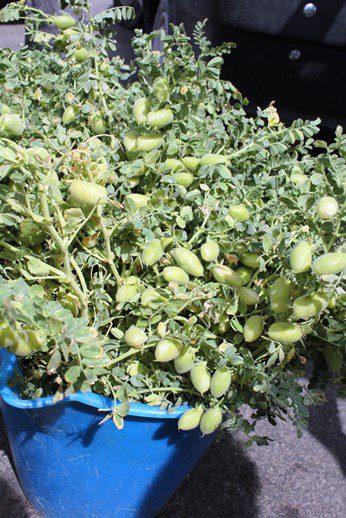Feast at Work and Celebrate
I have really come to believe that food is the ultimate ice breaker when it comes to getting to know new people or strengthening relationships with those who you already know. We all love to eat. Sharing a meal with friends, family and even strangers can and does conjure feelings of joy and a sense of belonging.
I have a saying: “Through the sharing of food we share life and one is never lonely or hungry.”
Being able to make a connection with people, especially those we work with is very important as we usually spend more time with them than our own families. A connection made though the sharing of a meal can open lines to better communication, patience, tolerance and understanding. We can learn cultural rituals and lessons that are quite often priceless and not usually found at the lunch table. For the past couple of years I, among many other food identities and Australian chefs, have been an ambassador to “A taste of Harmony.” A week-long event from the 16th to 22nd of March, funded by the Scanlan Foundation.
The event gives workplaces an opportunity to celebrate and create an awareness around cultural diversity through sharing of food in the work place. Celebrating with food promotes conversation, cultural acceptance, unity, and understanding. Not to forget the advantage of stepping outside our comfort zone and trying something different – which in my mind always brings an essence of humility. Our dining experiences would be quite bland without our fellow foreigners landing on our shores and bringing to the table their life, culture and history on a plate. Being able to experience the foods, food rituals, traditions and recipes from others has really shaped Australia into the culturally-rich table it is now.
It doesn’t matter if your workplace is big or small or if it is culturally rich or not during this week. Register online at A taste of Harmony, pick a couple of recipes from different cultures and cook up a storm! Organise others at work to do the same and have a banquet of a celebration.
We have such an amazing collection of world cultures and cuisines right here on our doorstep. If you don’t have the opportunity to travel to exotic countries yourself, A Taste of Harmony and celebrating it is the next best thing.
Check out my recipe on the Taste of Harmony website here.




















